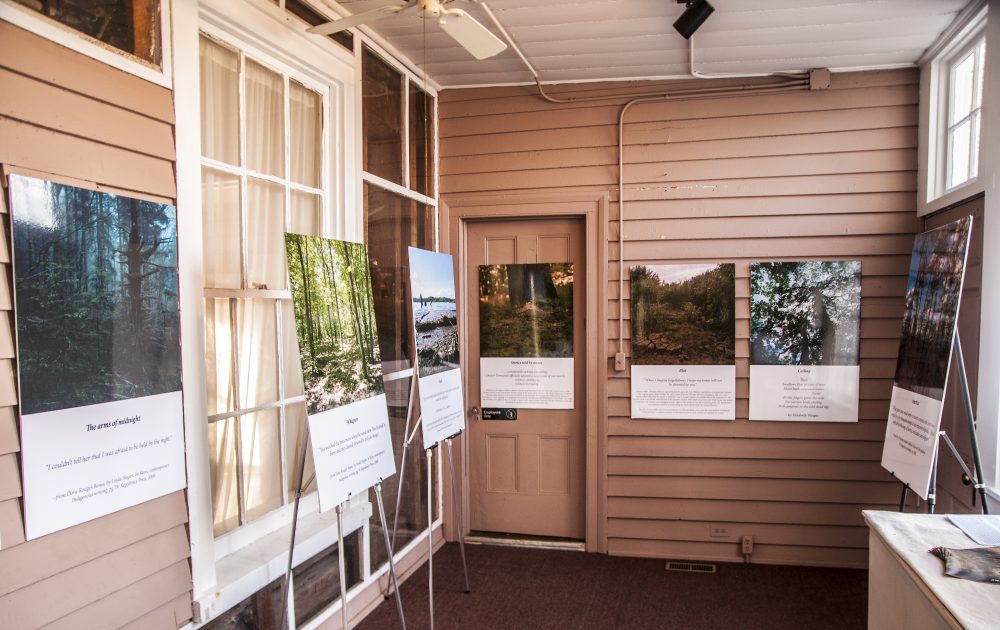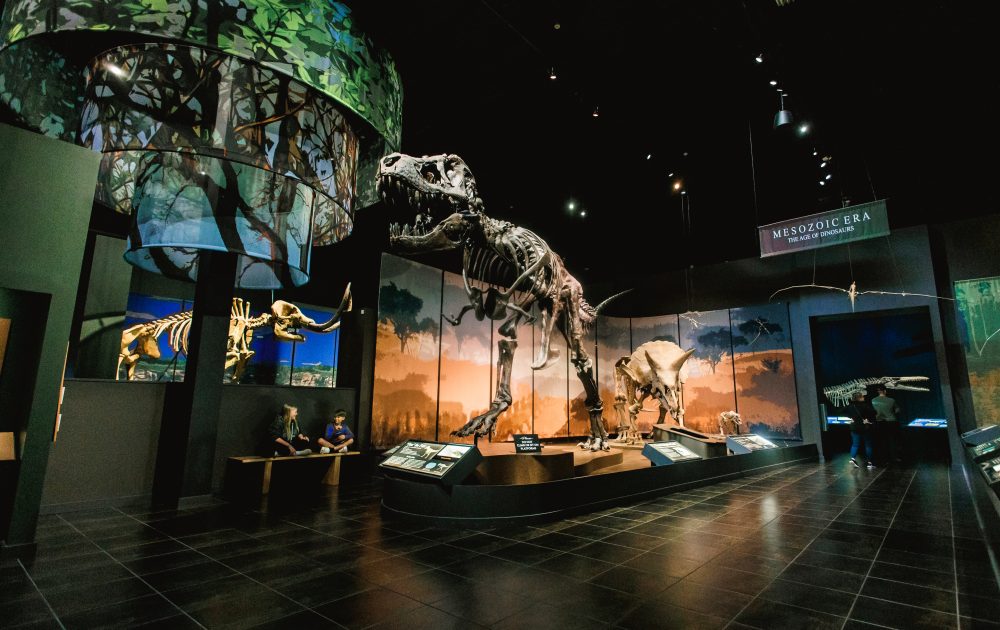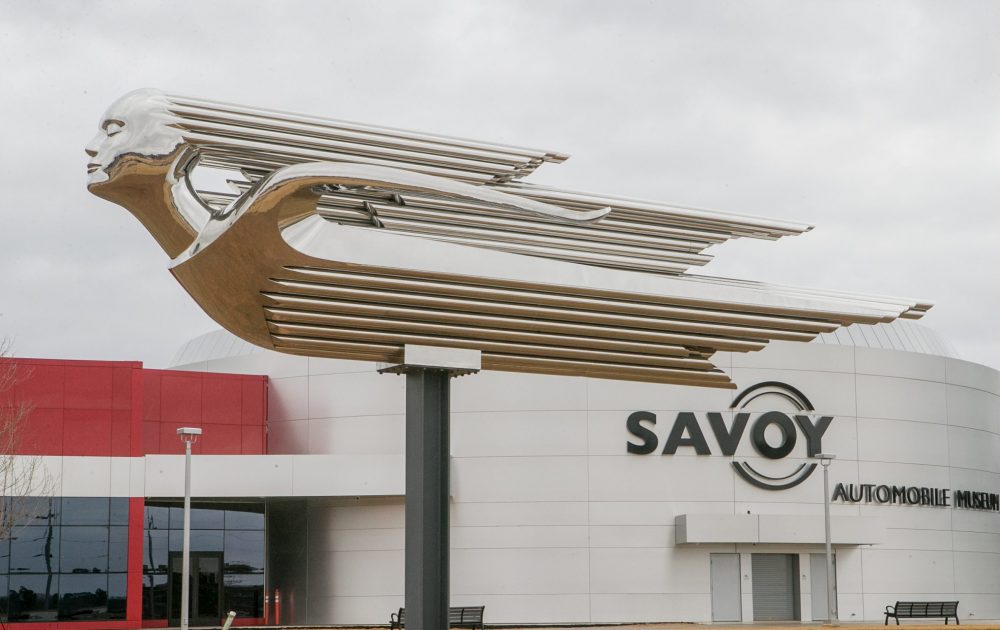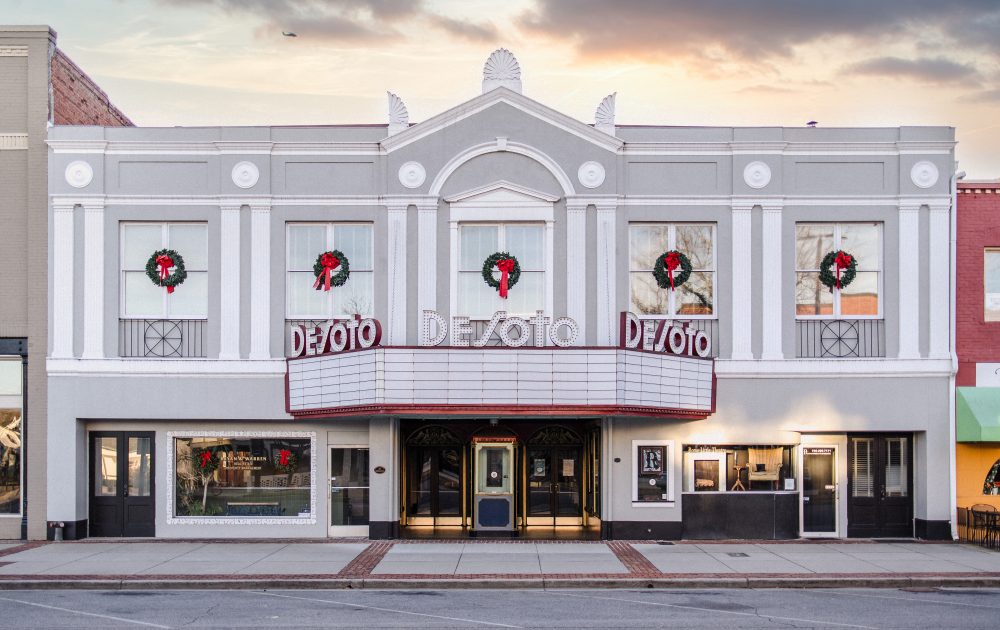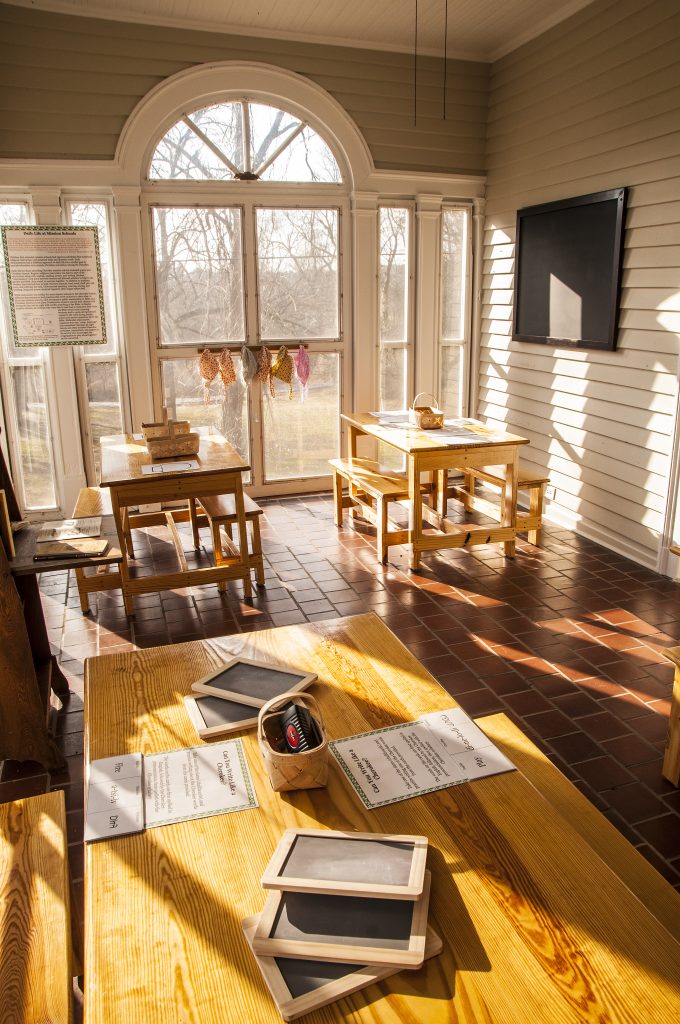
Photos Derek Bell
Born in 1771, Major Ridge was given the name “Ca-nung-da-cla-geh” because he was viewed as a man of vision. He had a traditional Cherokee upbringing as a hunter and warrior and as he grew into manhood, he became part of a group of reformers who were committed to modernizing Cherokee life, while simultaneously preserving the Natives’ political autonomy.
In the 1820s, Ridge was a revered Cherokee leader and was instrumental in the reformation of the Cherokee government and the drafting of its constitution. Today, he is best remembered for the 1835 signing of the Treaty of New Echota, a document that surrendered the Cherokee lands to the Federal Government, ultimately resulting in the forced relocation of the Cherokee people.
Major Ridge’s Connections to Rome
In 1819, Ridge and his family moved into a two-story cabin on a property nestled on the banks of the Oostanaula River. The cabin was later renovated into a white clapboard planta-tion home. There, the Ridge family maintained a ferry, trading post and an extensive working plantation. A wealthy planter, Ridge’s main cash crops were cotton, corn and tobacco.
Over the past two-and-a-half centuries, the Major Ridge home changed ownership many times, but in 1971, it was purchased for preservation by the Junior Service League of Rome. Since then, it has been the location of Chieftains Museum, whose exhibits focus on the life of Major Ridge and 19th Century Cherokee life and culture. In October 2002, the Chieftains Museum/Major Ridge Home was designated by the National Park Service as a site on the Trail of Tears National Historic Trail.
Today, the museum is open to the public Wednesday through Saturday from 10 a.m. to 5 p.m. In addition to preserving Cherokee history and culture, the museum hosts a number of annual activities and fundraising events.
“We are really trying to focus on making our landscape an outdoor classroom area,” explains Executive Director Heather Shores. “We have a Three Sisters Garden, which is open every summer. There we grow corn, beans and squash. We also have a small Cherokee Remembrance Orchard that’s composed of fruit trees that Major Ridge had on his farm. So this year, we’re really trying to get people to come and look at our campus in a different way.”
For those interested in Cherokee culture, southern food and creative gardening, the 2016 calendar is packed with fun and interesting things to do.
Ghost Paths Traveling Exhibit
Visitors can enjoy the exhibit “Ghost Paths: A walk back into history along the Trail of Tears,” created by British artist and photographer Elizabeth Waight. Comprised of photographs of sites along the Trail of Tears, the exhibit commemorates the 175th anniversary of the removal of the Cherokee. “Ghost Paths” features 13 panels of photographs accompanied by historical quotes and original poetry. This moving exhibit will be on display until June 30.
Herb and Plant Sales
Chieftains’ annual herb and plant sale will take place April 9 and 10 at the Coosa Valley Fairgrounds. Stop by Saturday from 8 a.m. to 4 p.m. or Sunday from noon to 3 p.m. to see new and exciting plant varieties, including unique heirloom and native plants, organic vegetables, and a wide selection of herbs. Floyd Master Gardeners will be on site to answer any of your gardening questions. This is a great opportunity to replace your dead annuals from last year and stock up on those hardy perennials. While you’re at it, why not try something new? All proceeds go directly to the museum.
Major Ridge Demonstration Garden
This year marks the beginning of something different and very exciting for the museum and its visitors.
“One of the newest things we’re doing that’s really going to change the landscape of the museum is installing what we area calling the Major Ridge Demonstration Garden,” explains Shores, adding that the garden, located in front of the museum, will feature trees, shrubs, and raised beds. “They will all be either plants that were used by Native Americans, plants that Major Ridge had here on his farm, or plants that were important in some way for southern agriculture. So, all of them have a historical tie.”
The historic garden’s four raised beds will feature different specific categories of plant. They will include a medicinal plant garden, a native garden that contains plants indigenous to Georgia, a kitchen garden, and a commercial garden, which will feature plants that have been sold commercially since the time of the Cherokee and before. The latter will include plants such as cotton, wheat and flax.
“What we are hoping to do is propagate some seeds and some seedling from these plants to perhaps sell in our 2017 plant sale,” Shores says.
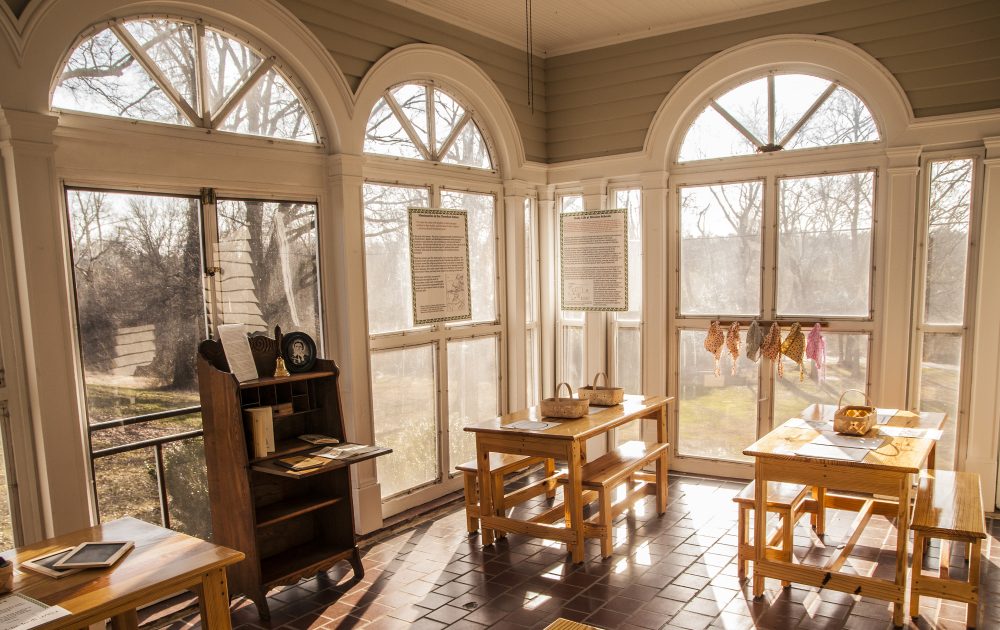
Garden Tour
The Junior Service League of Rome is host-ing a garden tour on April 30 from 10 a.m. to 4 p.m., and Chieftains Museum is one of the stops along the way. Though this event does not impact the museum directly, it does impact the organization that owns the museum. Later in the evening, JSL is hosting a cocktail party where you can mingle with Rome’s residents and exchange gardening tips.
Moonshine Tasting
Yes, that’s right. The Chieftains Museum is hosting a moonshine tasting called Shine in the Pines on May 27 at 5 p.m. Whether you’re an experienced shiner or a newbie, this event cannot fail to please. Sip on some moonshine and hard cider while you’re relaxing on the banks of the Oostanaula River, where Cherokee leader Major Ridge once operated his 233-acre plantation. Tap your feet to some bluegrass music and have a bite from one of Rome’s food trucks or represented restaurants.
Low Country Boil and Barbecue
Summer is the perfect time of year for cook-outs and on Aug. 4, the museum is hosting its annual low country boil and barbecue at Rome Civic Center/Jackson Hill. This event is not to be missed. You can get your fill of some delicious southern cooking starting at 6 p.m.
Music and Dance Group
This year, the museum is partnering with Berry College to create a music and dance group. The event will take place on April 2 at Berry College, and you can watch or participate.
“The group presents different aspects of Cherokee culture for people to learn about,” says Heather. “It will be based on some of the traditional Cherokee dance accompanied by traditional Cherokee music.”
Chieftains Museum offers a fun outing for the entire family with exhibits and events taking place throughout the year. Keep an eye on their calendar so you won’t miss out.
For more information about the museum and its exhibits, visit chieftainsmuseum. org or contact Executive Director Heather Shores at 706-291-9494.

